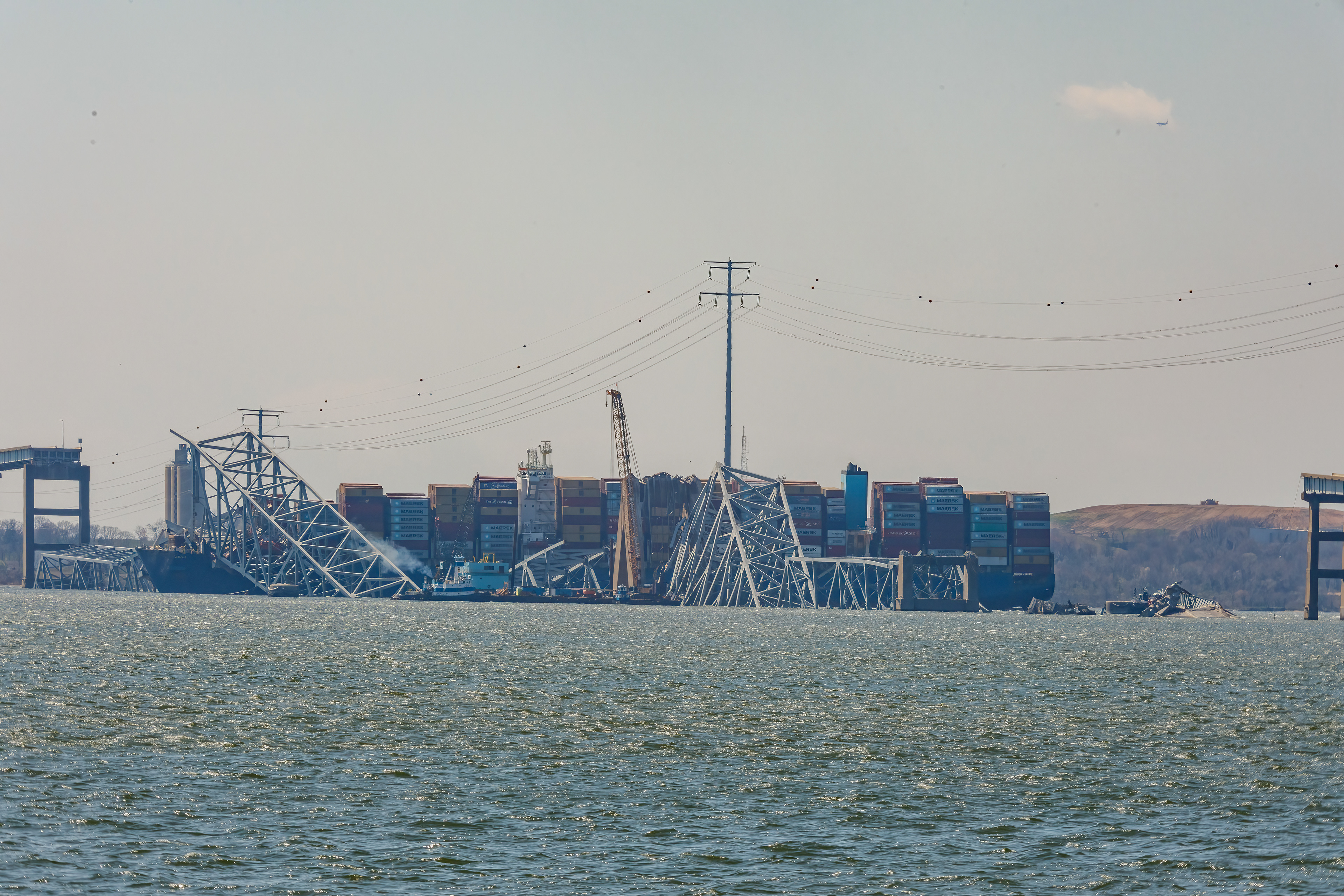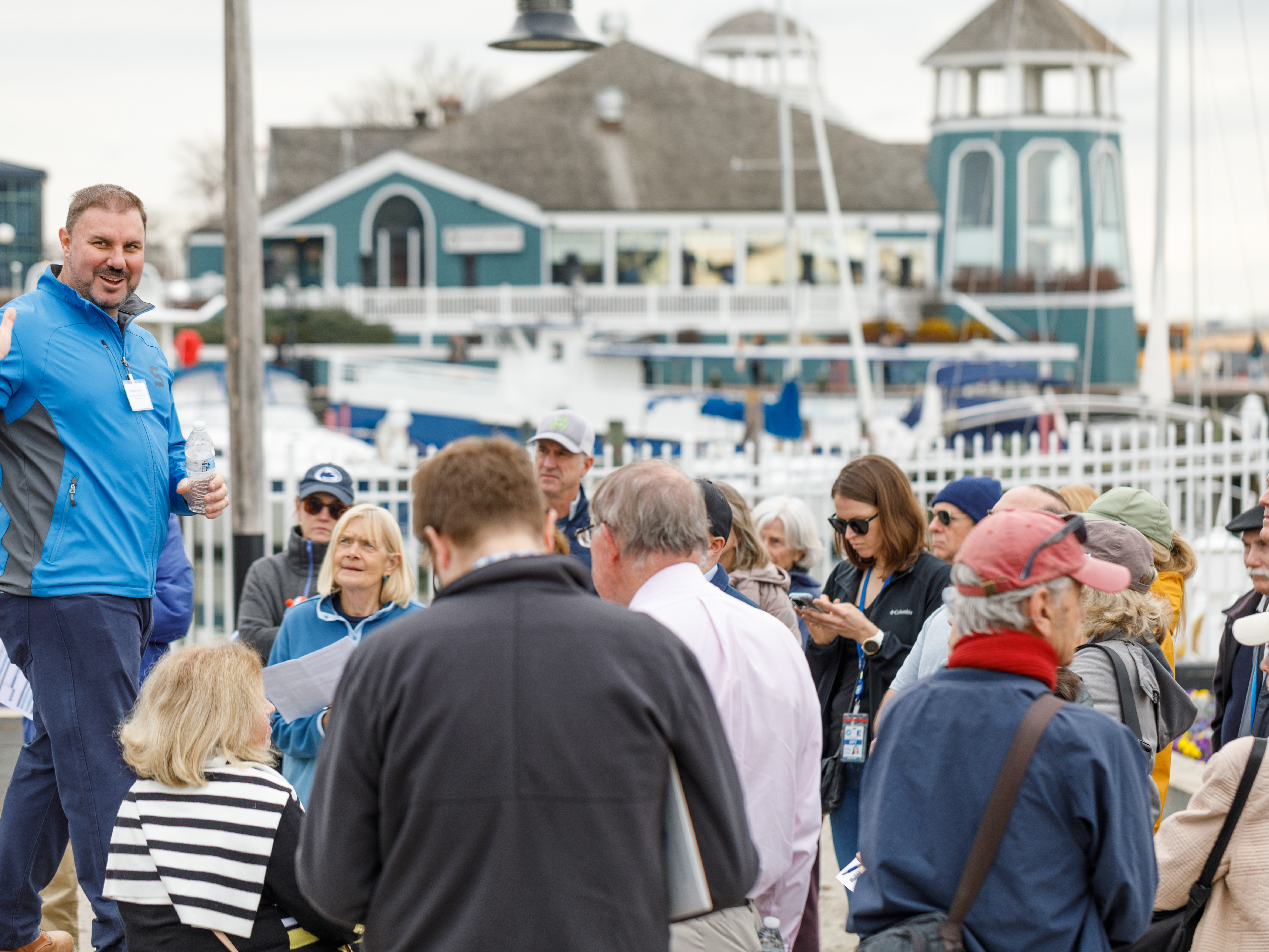



SOLAR ECLIPSE MANIA!
Solar eclipse mania gripped much of North America on April 8th as the moon crossed the center of the sun. With a path of totality spanning from Mexico to Canada and crossing the contiguous United States, sky gazers traveled from around the world for a chance to see the celestial event, which lasted just minutes in each location. Millions of spectators gathered outdoors, even in areas of partial totality, to watch the spectacle.
The weather was not ideal for viewing in some locations but many Alexandria and DC area residents who traveled to Cleveland, OH had perfect conditions for the phenomenal experience. Those who watched from the Great Lakes Science Center described a day of celebration, with the crowds cheering during the three-minute totality phase, in which the darkness and cold covered the area.
For those who had bad weather or just couldn’t travel to the path of totality this time, the next solar eclipse will be on August 12, 2026. The totality will be limited to Greenland, Iceland, Spain, Russia, and a small area of Portugal. The next opportunity for totality within the United States will not be until 2044.



FRANCIS SCOTT KEY BRIDGE COLLAPSE
At 1:30am on March 26, the Dali, a Singaporean-flagged cargo ship collided with the Francis Scott Key Bridge in Baltimore, MD, causing the span to collapse and presumably killing six construction workers. The operators of the cargo ship issued a mayday call moments before the crash reporting that the vessel had lost power. The ship struck one of the bridge supports at 8 knots, and because of its massive weight, the force caused the span to break and fall into the water within seconds. There were eight construction workers on the bridge at the time of the collision. Two workers were rescued soon after the collapse, the bodies of two workers have been recovered, and the final four are presumed dead. The ship’s crew remains onboard the vessel to monitor systems; none were injured in the accident.
The bridge carried an estimated 30,000 vehicles per day on average, but the ship’s mayday warning gave authorities enough time to limit the vehicle traffic on the span before the collapse. In addition to the loss of life, the collapse has also caused a logistical nightmare, shutting down shipping traffic at the Port of Baltimore, and causing major delays for vehicle traffic. The Unified Command, consisting of several agencies including the U.S. Navy, U.S. Coast Guard, U.S. Army Corps of Engineers, the Maryland Department of Transportation, among others, are working together to coordinate the evolving situation.
President Biden, who visited the site on April 5th has said that the federal government will fund the entire rebuilding cost, with his administration approving $60 million in emergency federal aid. The port is a vital economic hub that is linked to more than 15,000 jobs. Two smaller temporary shipping channels have been opened to allow for limited maritime traffic. Officials hope to open a limited channel for larger vessels by the end of April, while the entire channel is expected to be cleared by the end of May. During his visit, President Biden said the bridge would be rebuilt “as rapidly as humanly possible”, with union labor and American steel leading the reconstruction effort.









